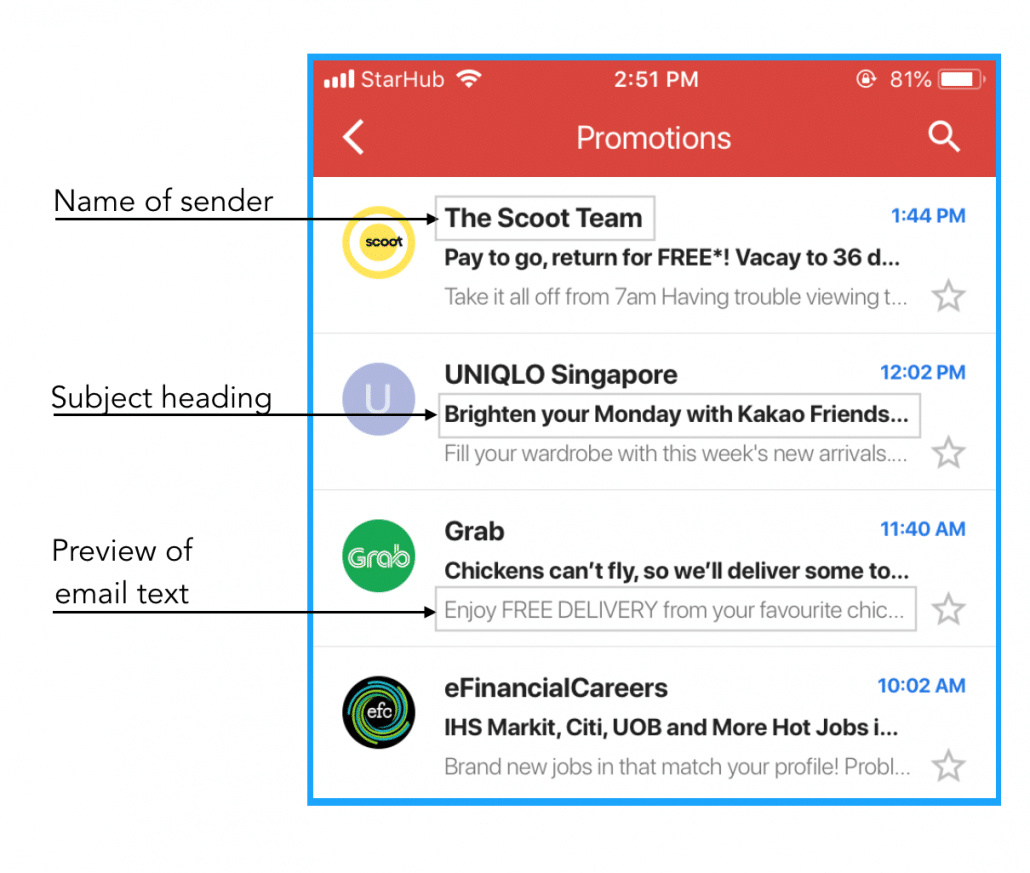I think it’s pretty obvious that we all bring different skills, strengths, and beliefs to whatever we do. Often we can learn more and find greater opportunity in our disagreements, discovering new ways to solve problems, strengthen proposals, and handle tough times together. RJ asked me to explain how this could be done better or supported more.
We’re All Individuals with Habits
If you pay attention to every person—what they are like and what they need—you can work with them more successfully than if you take a single approach and expect everyone to respond in the same way. Our brains are inclined toward habits and patterned thinking. So when we come into a meeting or enter a discussion, we often take and stick to a particular position about, say, how to plan for next year or improve a crucial project, rather than being completely open to others’ opinions and stances.
Humans are naturally attached to their positions, often so deeply that these positions can start to feel like moral stances; we also typically think we need to protect our positions so as not to lose ground or status. It’s as if that habit, or that position, is inherently tied up with who we are as a human being. Unfortunately, this means that when our position is challenged, we can feel as if we ourselves are being challenged or are under attack—and therefore we often get defensive or try to anticipate the next blow by striking out before it hits.
This is a natural response, even when our positions have very little to do with the true problems the organization is facing—or the real opportunities available.
Start Where It’s Safe
So if you want real dialog, the place to start is not with the disagreement, or not even necessarily with the issue itself. Instead, begin with listening carefully, noticing any points of agreement about what is working, where the group is trying to go, or what everyone is trying to accomplish. Map these points of agreement visually, if possible, so everyone can see and affirm them. Once people have found all their agreements, they often feel comfortable enough to assess aspects that could be better or explore where the potential is.
Try to avoid having people jump to any conclusions because that could snap them back into their mental habits and positions. Think of the conversation as building out carefully toward the thin ice where agreement does not yet exist. Facilitating the discussion in this way allows the participants to consider their differing positions out loud and even to change their minds without being penalized, which can be tremendously reassuring and energizing. When our minds are relaxed we can tolerate seeing new thoughts better. We can open to the possibility of trying new thought experiments or even real-world experiments, thinking about and doing things differently.
Leaders Should Always Go First
What it takes to be able to share ideas and experiment within an organization without fear of retribution. I think it’s specifically the responsibility of the person with the most power, usually the leader, to create and sustain psychological safety within the team. One way to establish a safe environment is for the leader to acknowledge how important it is to be able to share ideas, even if they challenge someone else’s, and to show they mean what they say by volunteering themselves for people to practice on:
“I recognize that I may not always have responded well to new ideas in the past. I hope you’ll help me as I practice developing a new habit of responding to new ideas with curiosity and openness.
“So, here’s my request to you: Anytime I revert to my old habit of ignoring or shutting down a new idea, I want one of you to please point out that I’m operating out of my old habit and ask me if I’d like to use my new habit of curiosity and openness. And then give me a moment to adjust. Will you do that for me?”
Asking for and accepting help in initiating change is a particularly effective way to create psychological safety. It shows that the leader is willing to change to make the group better and is modeling the practice of taking feedback. Both aspects can actually improve the leader’s performance. That sets the tone for helping everyone in the group get better at sharing their views. This entire practice is a form of “cuing” someone to practice a new behavior.
Practice Cuing for Better Communication
Cuing is a way to create partnerships and help each other have more effective and productive conversations. Here’s an example from my own life. When my son was little, he didn’t always know how to tell his father when he was bothered by something. He would say, “Mommy, you tell Daddy.” But it’s important to learn to speak for yourself, even when you’re four. So I would offer to help, and we would walk to wherever my husband was. I would say, in a particular tone, and with emphasis that my husband recognized, “Daddy, there’s something we need to talk about.” Then he knew he had to pay attention. I would facilitate and cue each party: “What was the thing you wanted to tell Daddy?” and “Daddy, are you understanding this fully, and can you answer?” Over time, both my son and his father learned how to have this conversation.
Team members often benefit from the same kind of approach. The more you do together through partnerships and teamwork, the less it becomes anybody’s place to make anyone else feel bad, regardless of who has hierarchical power.
We’re all flawed human beings, and we can accomplish the most for the organization—and for ourselves—if we are aware of our flaws and try to help each other share views and consider new ones. When we all have that intention and practice, psychological safety will pretty much take care of itself.





